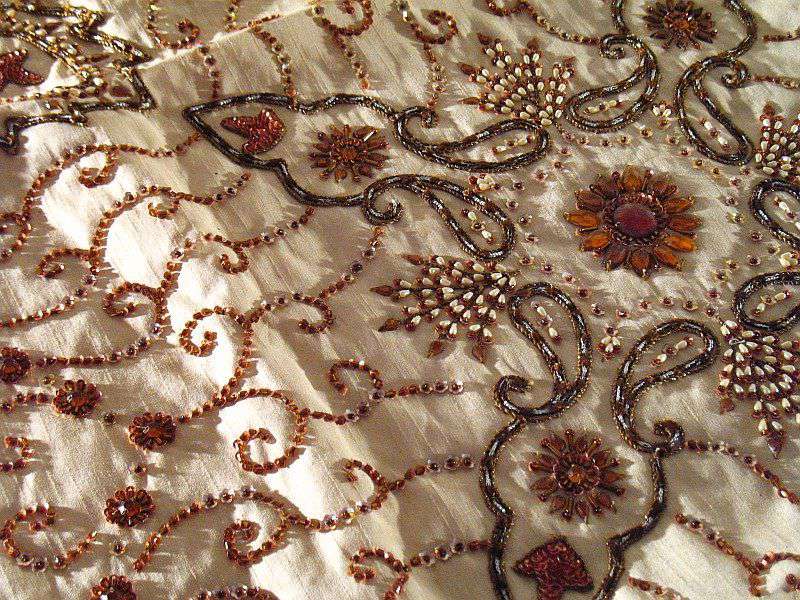===
0096,
8
===

=== |
 |
FWP:
SETS
MOTIFS == CANDLE; COMMERCE
NAMES == YUSUF
TERMS == METAPHORThis is the second verse in a verse-set; for discussion, see the first verse, {96,7}. The first verse is about the problematicalness of beauty that remains veiled and hidden from sight. Now this verse frames-- and laments-- the opposite problem.
Ghalib's verse cited by SRF, G{173,8}, has one great advantage over Mir's: it leaves conspicuously open the possibility that the way beauty 'took' the beautiful one and 'brought' him/her/it to the bazaar, might have been by inciting in the beautiful one the desire for self-display and public admiration. Such a vulgar or unworthy desire might well make the beautiful one complicit in his/her/its own exploitation. By starting with Yusuf, Mir's verse firmly rules out that possibility, for we all know that Yusuf's appearance in the bazaar was entirely involuntary.
But Mir's verse has its own fascination: by linking the three entities (Yusuf, rose, candle) into a kind of sequence, it invites us to speculate about the nature of the sequence. Is it just random (three members of the same wide-ranging class are mentioned as representative examples)? Or is it arranged in terms of descending value (human, plant, object)? Or is it perhaps even arranged in terms of ascending value (mere individual human being, allegorically potent flower, mystically transcendent candle flame)?
The first line contains two occurrences of le ke , which we at once read, rightly, as abstract, as part of a 'from X to Y' structure that has no actual reference to 'having taken'. But then the second line contains le kar , in which the 'having taken' is all too literal. In retrospect, doesn't the first line now look a little suspect as well?